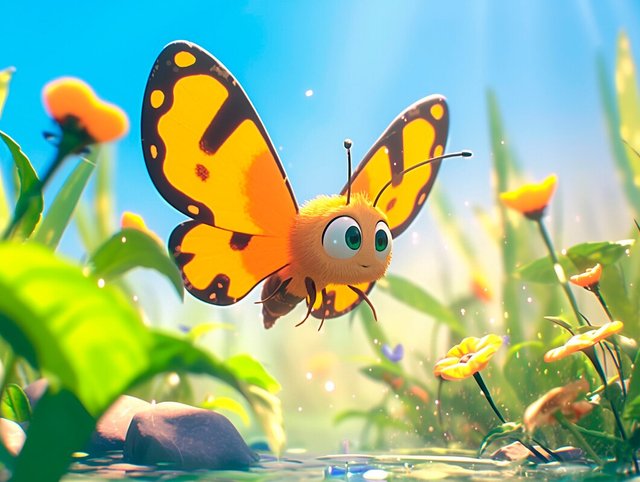How do butterflies find their food?
Butterflies discover their nourishment fundamentally through their sharp sense of scent and locate. Here's how they do it:

- Scent:
Butterflies have a exceedingly created sense of scent found in their radio wires, which permits them to distinguish the fragrance of nectar and other nourishment sources from a distance¹. - Locate:
Their vision is adjusted to the shinning colors of blooms, which act as visual prompts for potential nourishment sources. They are especially pulled in to ruddy, yellow, and purple hues¹. - Proboscis:
Once they arrive on a blossom, they utilize their proboscis, a long, straw-like tongue, to test for nectar. The proboscis can uncoil to reach profound into the bloom where the nectar is stored³. - Blossom Shape:
They incline toward blossoms that are flat-topped or have clusters of little blooms, as these shapes give a stage for the butterfly to arrive and feed¹. - Behavioral Designs:
Butterflies frequently take after particular flight ways to visit blooms in a systematic way, which is known as "trap-lining." This productive scavenging behavior guarantees they visit various blossoms in a single outing¹.
By making a plant with a assortment of nectar-rich blossoms, particularly those with shinning colors and reasonable shapes, you'll pull in butterflies and give them with the nourishment they require. Keep in mind to dodge utilizing pesticides, as they can hurt these fragile animals
Downvoting a post can decrease pending rewards and make it less visible. Common reasons:
Submit